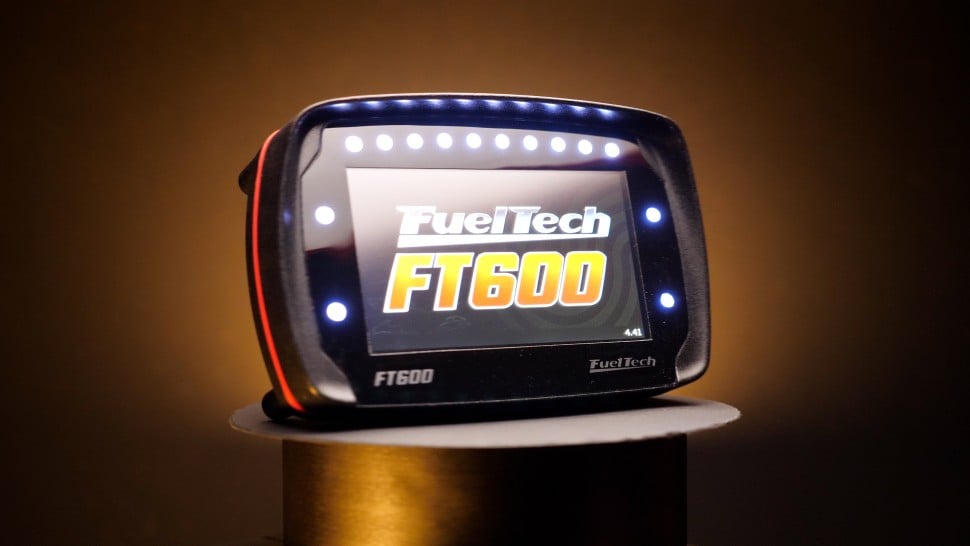Road Tuning: Step 4 - Base Ignition Timing and Fuel Pressure
Step 4 - Base Ignition Timing and Fuel Pressure
02.52
| 00:00 | Now that we've got the engine idling smoothly and we're happy with everything, we want to go back and revisit the ignition timing. |
| 00:06 | Now we said we didn't need to do a pre-crank or cranking base ignition timing on this particular engine. |
| 00:12 | So now that we've got her idling properly, we want to go back and make sure that that base ignition timing is completely accurate and we do that through the calibrate menu. |
| 00:21 | And we've got this option here we can click on to set the base ignition timing. |
| 00:25 | Now what that's going to do is it's going to lock the ignition timing the ECU is outputting to 10 degrees and if the engine won't idle properly at 10 degrees, maybe it idles happier at 15, we can change that to any point that's easy to see on our crank pulley with a timing light. |
| 00:43 | So what we do is fit a timing light to our number one coil and we want to physically check that the timing we're seeing at the crank shaft is exactly 10 degrees. |
| 00:54 | If it isn't we can adjust this ignition off set here up or down until our timing is absolutely accurate. |
| 01:02 | Now one thing I want to point out is with a lot of engines at a low idle speed of may 800 or 900rpm, the ignition timing will fluctuate a little bit. |
| 01:11 | That has to do with the frequency the ECU is seeing the trigger inputs. |
| 01:16 | So generally what I'll do is I'll raise the idle speed with the throttle to around about 1500 while I'm doing this initial set up and that just makes sure that the idle- so the ignition timing is stable while I'm setting up. |
| 01:29 | Once I've got it set the other thing I'll do is raise the engine rpm up to around about 3000 and just make sure that the timing remains stable, that we're not seeing any drift which could indicate we've got a problem with the reluctor polarity. |
| 01:46 | Okay, the last thing that is particular to this ECU in the G4 plus is the ignition delay. |
| 01:52 | And what this does is it helps keep the ignition timing stable over a wide rpm range. |
| 01:57 | So normally we would start with that set to zero and we've got our timing set accurately at 1500. |
| 02:04 | What we then do is raise the rpm up to around about 5000 and we'll just check and see if we've got any timing drift. |
| 02:13 | This delay can then be adjusted until the timing stays stable right across the rev range. |
| 02:19 | Once we've done that we can click done and the changes will be locked into the ECU. |
| 02:24 | The other thing I like to make sure I do there is press F4 to store all the changes so we're not going to have any problems forgetting to do that. |
| 02:32 | I just wanted to mention as well that a lot of plug-and-play ECU's, people tend to trust the base ignition timing will be correct. |
| 02:40 | I always recommend to check it, as quite often you will find a difference of two or three degrees and that can be dangerous when you're tuning the ignition map. |





